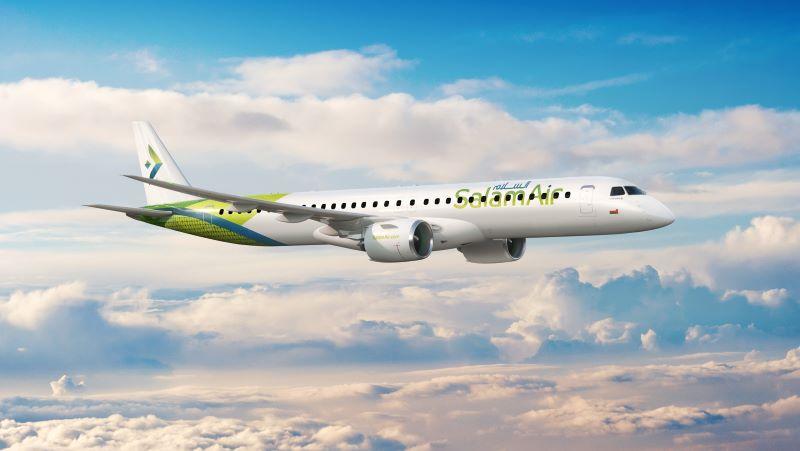‘Defer E2 Deliveries In Challenging Climates,’ Embraer Advises Airlines

SalamAir E195-E2.
Credit: Embraer
LONDON—Embraer is encouraging customers of its E2 family of small narrowbody jets that operate in hot and dusty environments to defer deliveries of the aircraft until a new combustor for its Pratt & Whitney PW1900G engines is signed off. Engines now being delivered on the E190-E2 and E195-E2 "are in...
Subscription Required
‘Defer E2 Deliveries In Challenging Climates,’ Embraer Advises Airlines is published in Aviation Daily, an Aviation Week Intelligence Network (AWIN) Market Briefing and is included with your AWIN membership.
Already a member of AWIN or subscribe to Aviation Daily through your company? Login with your existing email and password
Not a member? Learn how to access the market intelligence and data you need to stay abreast of what's happening in the air transport community.





